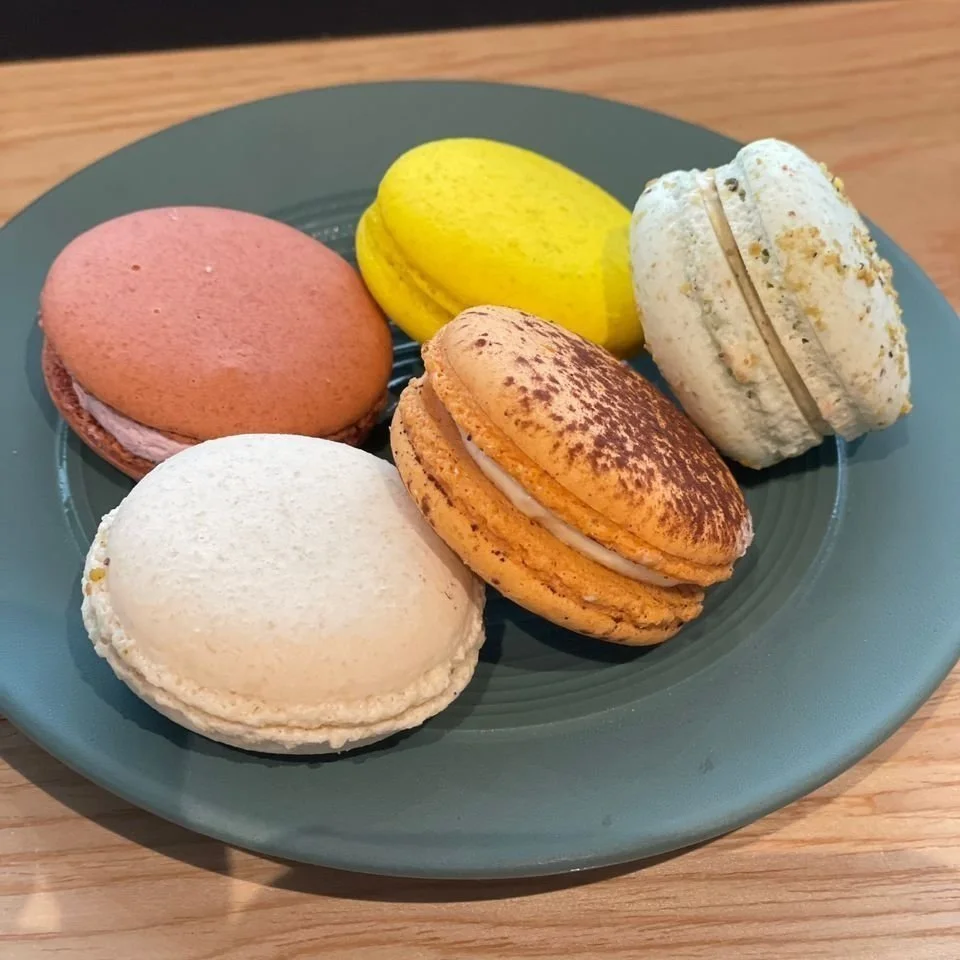Here's How Restaurants *Really* Trick You Into Spending More - And What To Do About It
It’s no secret eating out in Lagos is increasingly an extreme sport — especially if ‘fine dining’ is on the menu. Suddenly, a N30k budget is something that may not even afford you the luxury of both a starter and dessert. Whether that’s because of rising food costs or just plain taking the piss 👀, all this is having a serious impact on our wallets.
Now, more than ever, we eat out, but should that mean blowing the bank each time? Absolutely not. Here are some sneaky little pitfalls you should know.
Fancy Descriptions
It all starts with how they describe the food on the menu — like Tuscan Creamy Chicken Pasta or Vine-Ripened Tomato Salad. You’re already tasting it on your tongue, imagining how nicely a photo of it will work on your feed, and possibly on your way to spending more for something that’s been carefully packaged.
We’re all for restaurants toasting us and providing diners with the full experience, but watch out ⚠️ — once a menu item has a name that’s 14 words long, you’re likely on your way to paying a hefty bill.
The Pricing
Restaurants are getting more and more clever about pricing on menus, and it’s more about psychology than design. Researchers have found that how a restaurant presents its prices has a significant influence on sales. For instance, instead of “N22,000” next to the rib-eye steak, you might see just “22”.
Removing these simple cues, like the currency or writing the amount in full, makes prices less obtrusive and means we’re less likely to be discouraged from going for that pricey option.
Brunch (brace yourselves)
We’re treading carefully here because 💘brunch💘 but the fact is if you’re looking for an example of maximising low-cost ingredients, this is the way to do it.
Restaurants are serving up relatively inexpensive breakfast-time food, but charging us more in line with the lunchtime menu, all so that we can what…? Get the feeling of having a nice weekend brunch and make great Reels?
By all means, keep brunching, but think more about how to get the best value for your money. Like maybe forgoing mimosas? Because, really, it’s concentrated orange juice and the cheapest possible champers.
Less Choices
Increasingly, you’ll find restaurants offering you smaller, more concise menus. What this does is reduce choice overload and make it easier for you to make a decision.
While this can be a plus for you, the customer, it’s really about them. The idea is to offer up limited options that have been strategically priced, and get you feeling good and more confident about the choice you’ve made — this way, you’re more likely to want to make more “easy” decisions.
Size Matters
Ever been on your way out of a restaurant but stopped to get a few macarons or chouquettes to go? Because why not? They’re little and also, decently priced. It’s all part of the strategy.
Tiny treats are an easier sell for restaurants than a full dessert because they know you’ll rationalise the cost and “realise” it’s not that bad (you might even feel it’s a steal). Even when you’re stuffed or not interested, the prices are generally non-threatening, so there’s a tendency for you to go for it.
So, what to do with this information?
Pay close attention to your body and become a more mindful eater. This way, you’re more likely to resist marketing and sizing tricks.
Read the menu carefully — list of ingredients and all. Does that meal just sound interesting or is it actually?
Set a budget beforehand and make it stick. If the menu has larger figures than you imagined it would, swap out a starter for dessert, or go for two smaller mains instead of a large one.
Share your food. Sometimes, if a restaurant serves up large portions, this is an opportunity to split a meal and possibly, the bill too.
Got any tips? Leave a comment!











